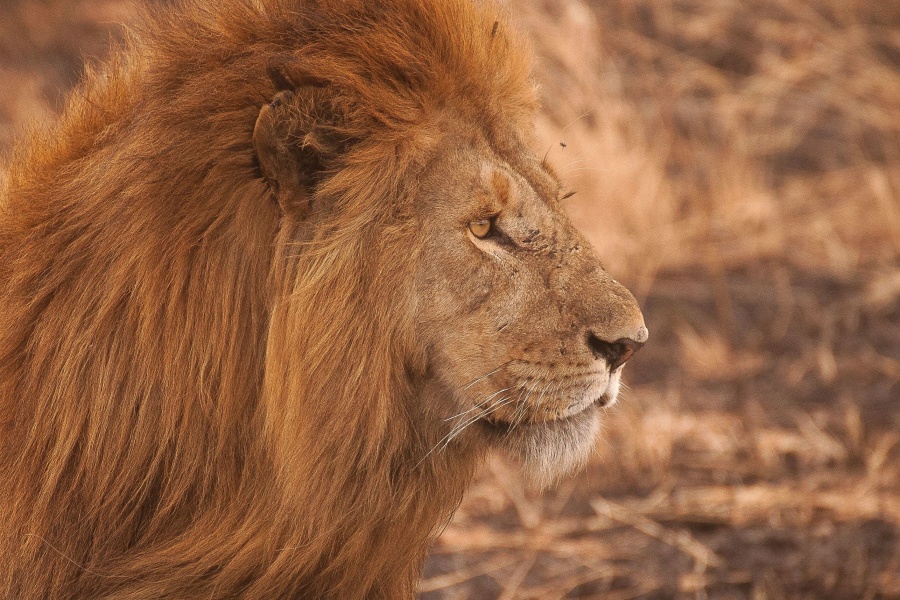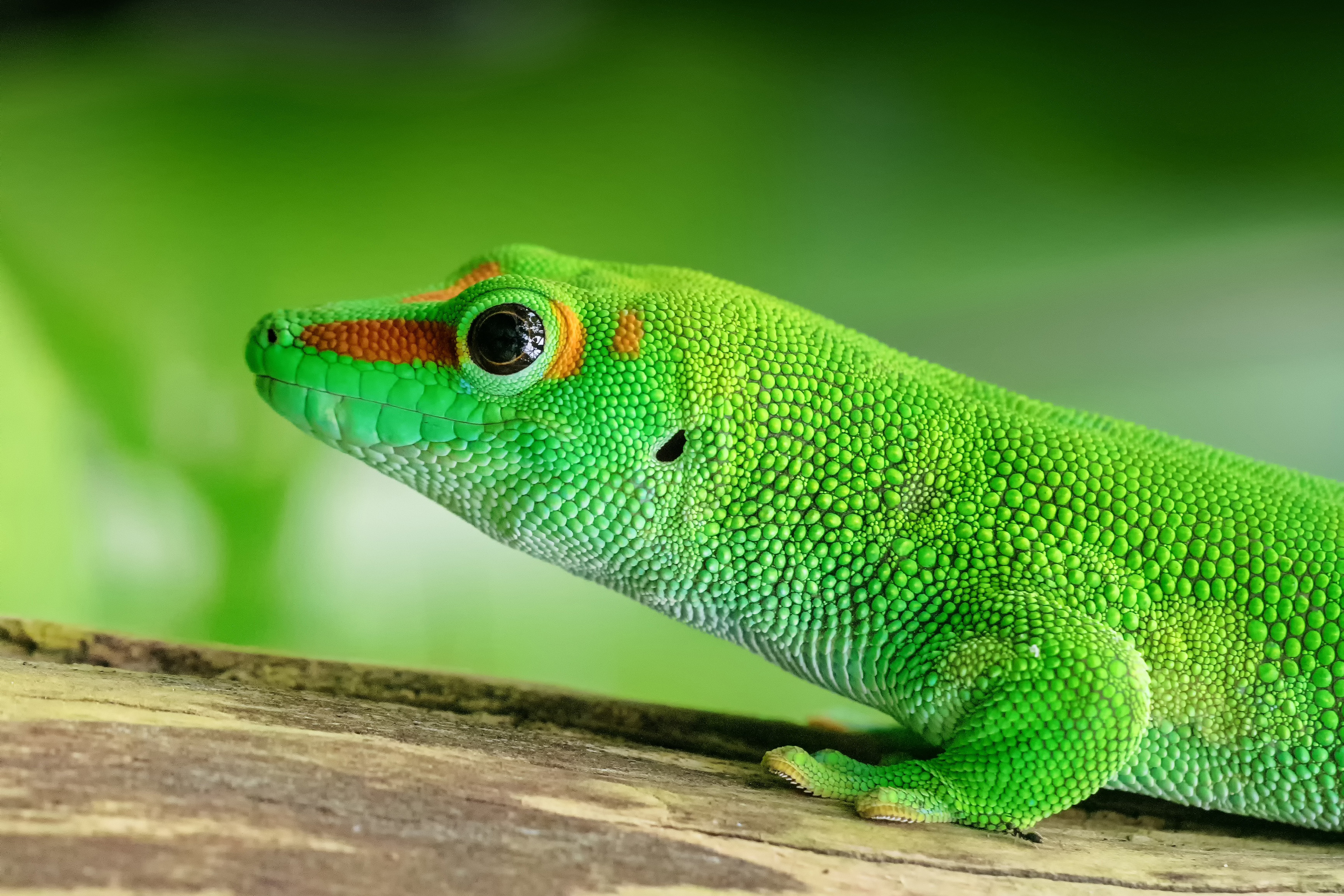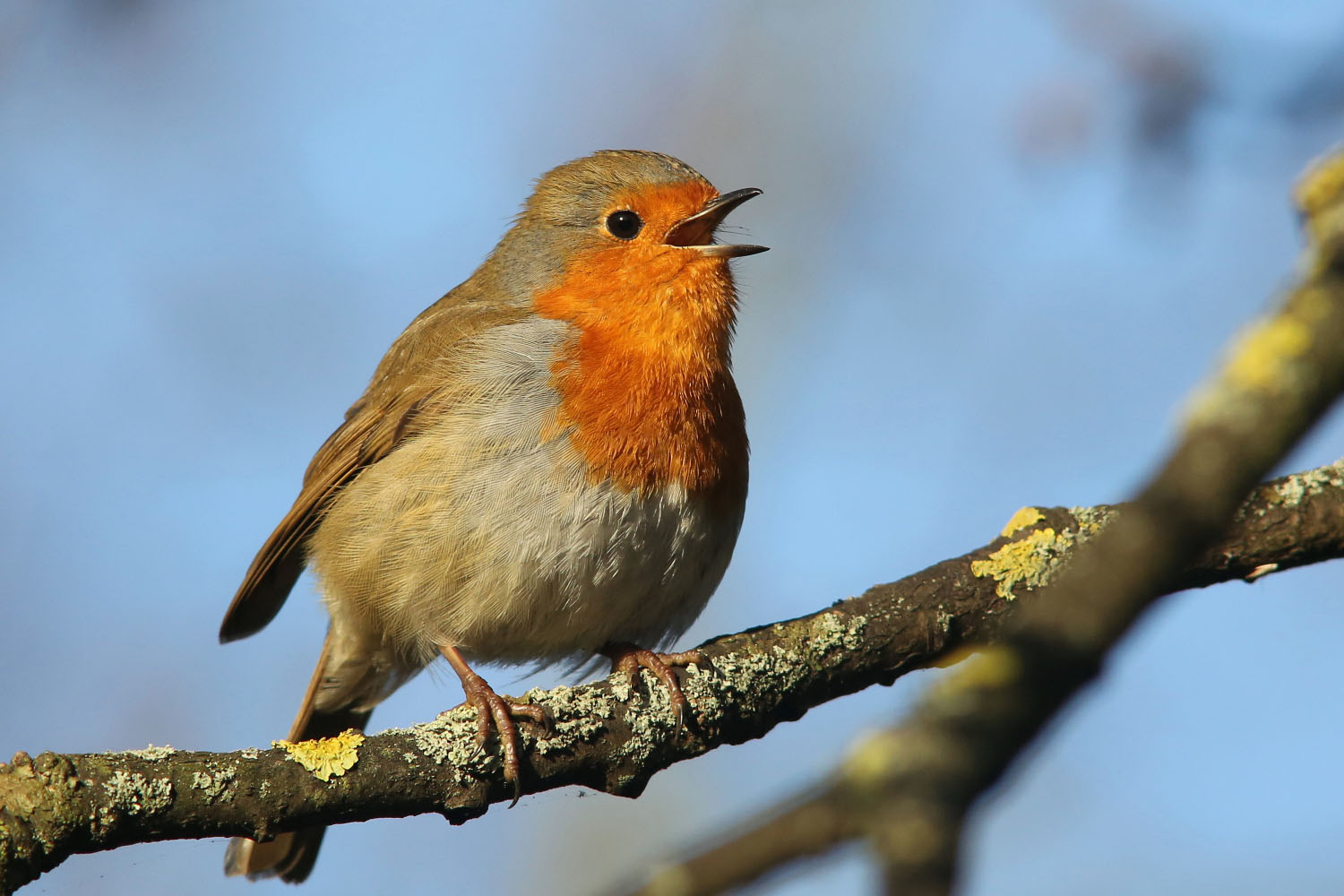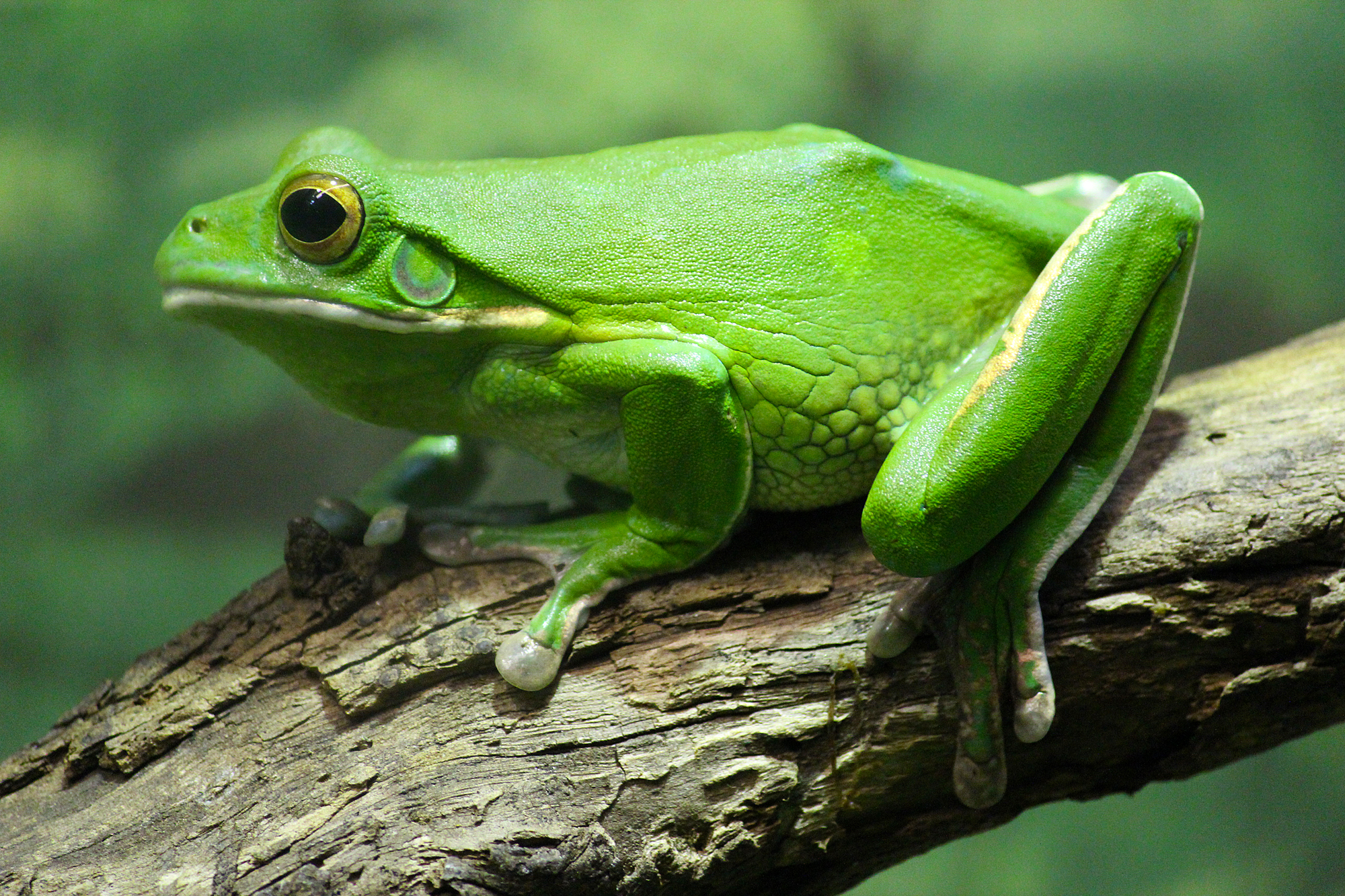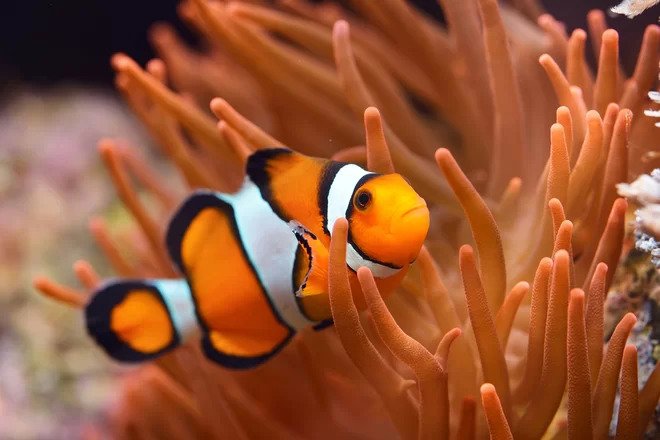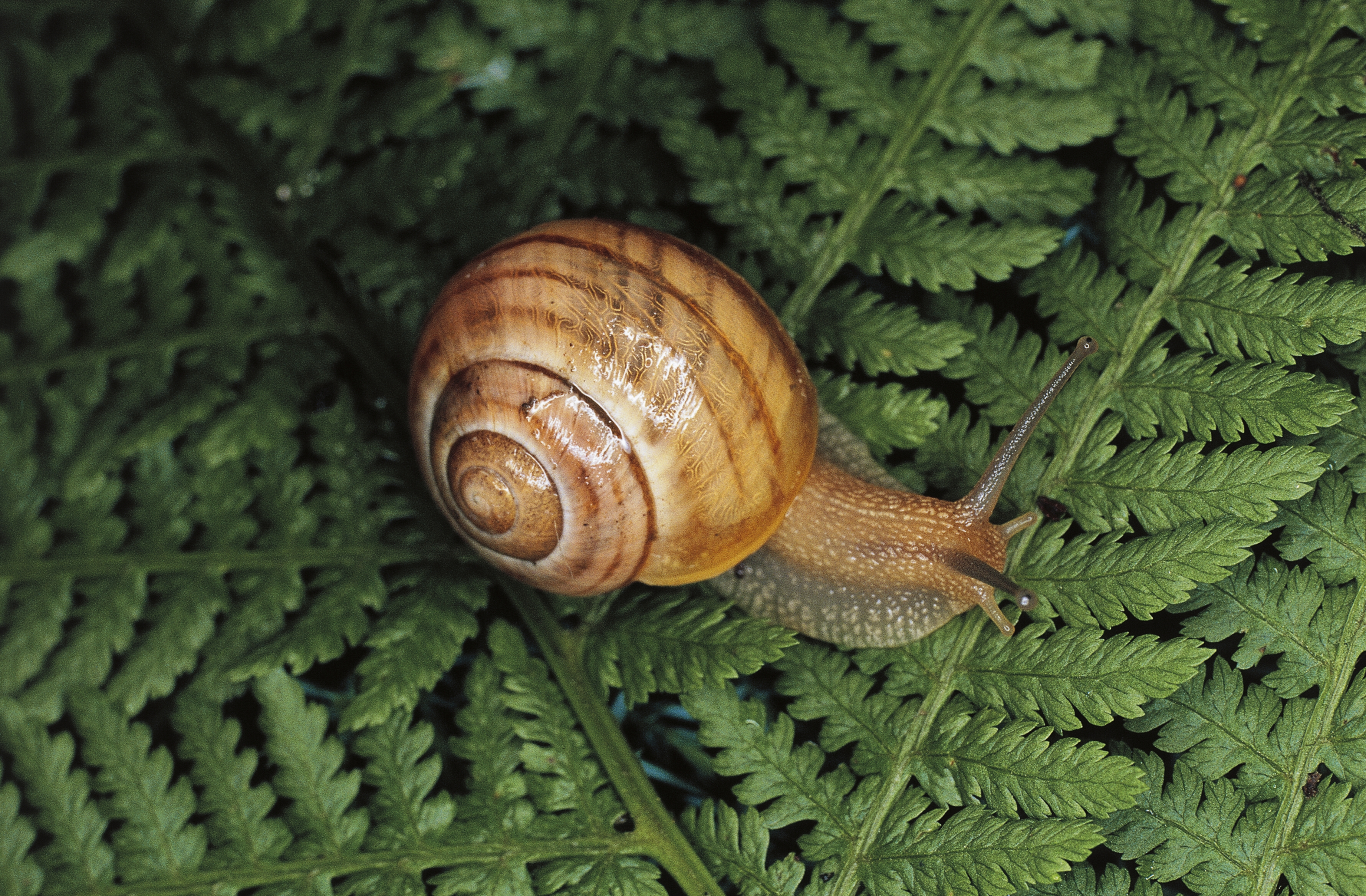About Animals
There are a lot of different types of animals. Almost all animals breathe oxygen, through air or through water. Animals usually get classified into two main groups: Vertebrates and Invertebrates. Vertebrates are animals that have a skeleton, mainly a backbone. Invertebrates are those without a backbone. Vertebrates are divided into another 5 different groups:
There are warm-blooded and cold-blooded animals. Mammals and birds are warm-blooded animals, which means that they generate their own body heat from food. The body temperature of cold-blooded animals, that means all reptiles, amphibians, fish, and invertebrates, is regulated by the temperature of their surroundings. It automatically adjusts itself to the temperature around them. That's why cold-blooded animals are less active in the winter, when it's cold, but they also require less food, because they don't have to use up food for regulating their body temperature.
